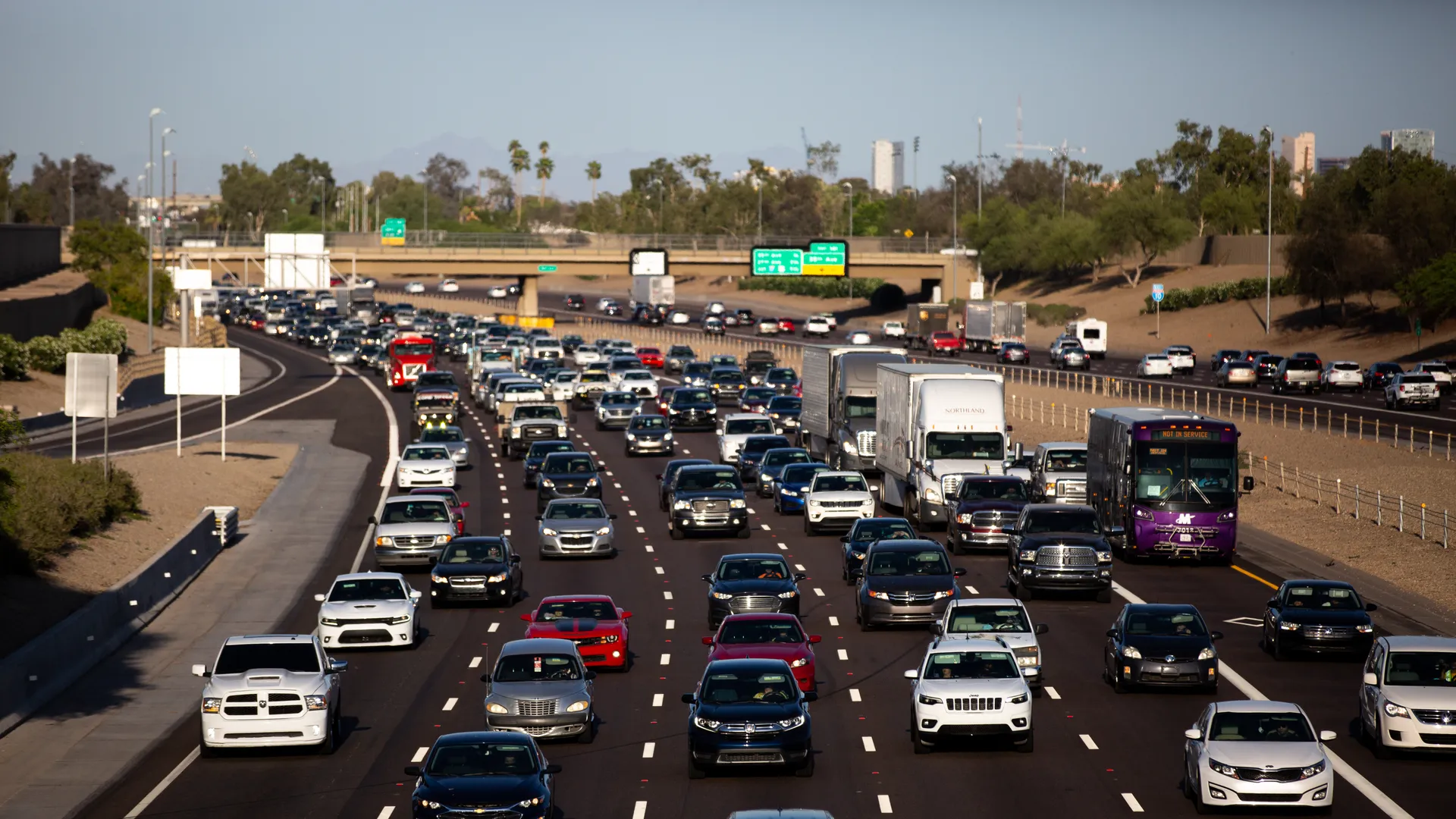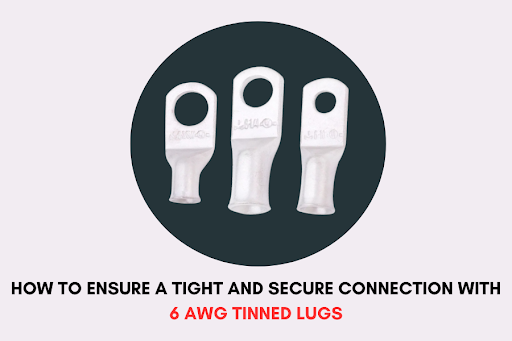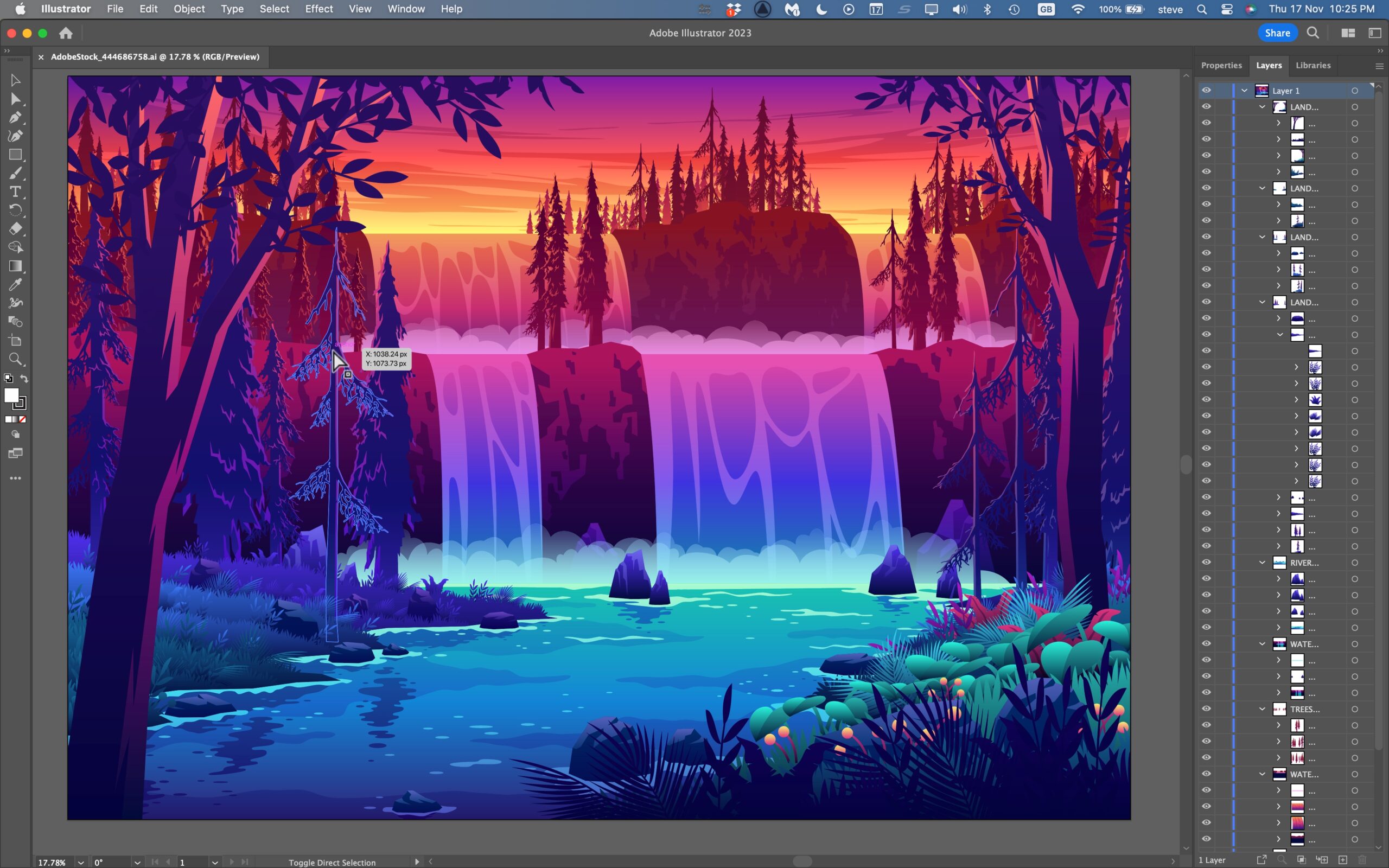Are you a city administrator or director, or an ordinary citizen who is wondering what you can do to help your city decrease traffic congestion? This article will help look at ways to decrease the traffic jams in your neighborhood.
7 strategies to reduce urban transportation congestion.
1. Transform traffic light management
Congestion in traffic is a serious issue in many cities across the globe. It could cause frustration and delays for drivers, as well as result in air pollution as well and an increase in greenhouse gas emissions.
One approach to reduce congestion on the roads is to change the way traffic lights are controlled. Utilizing the data collected from sensors as well as GPS devices, traffic light management systems can improve the flow of traffic, minimize delays, and enhance the speed of traffic.
Furthermore, to decrease the requirement for vehicles to stand idle at red lights, these systems aid in saving the environment and fuel consumption. Signals for traffic signals are controlled by computers, and AI may also be adjusted in real time to adapt on changes to traffic patterns.
A lot of cities are taking artificial intelligence solutions like those that LYT offers with regards to methods like prioritization of traffic signals or emergency vehicle preemption.
LYThelps by connecting traffic signals within cities to communicate bi-directionally and in real-time. As more cities embrace these technologies, traffic congestion is likely to decrease.
2. Be sure to restrict parking near busy intersections.
The restriction of parking near busy intersections is a way to decrease traffic congestion. Cutting down on the number of vehicles that are on the road can help reduce the amount of pollution produced and save fuel.
It can be done by charging a more expensive fee to park at these places or by restricting parking to residents. If you reside in an area that is prone to traffic, this is an option to help improve the situation.
Parking spaces should be located in a way that allows for the movement of traffic. Additionally, parking spaces should be placed close to public transportation, to give people the option of taking trains or buses rather than driving. This could reduce congestion by removing cars from the roads.
3. Encourage the recourse to alternative methods
The traffic jam is a common scene in many cities and towns. Autos whiz along bumper-to-bumper frequently at a snail’s pace.
The resultant delays could be a hassle for drivers and expensive for businesses. There are measures that cities can take to lessen traffic congestion. One of the most effective strategies is to promote the alternative routes.
In providing motorists with details regarding roads that are less congested, cities can assist drivers to spread their wings and reduce the burden on busy roads. Cities can assist in improving the accessibility of public transportation, which will make it easier for citizens to travel around without relying on their vehicles.
4. Improve the bus service
One approach to lessen congestion in traffic is to increase bus service and offer greater coverage.
This will allow more people to ride buses instead of driving (a.k.a. mode shift) and reduce the number of vehicles on the roadway. This would allow public transportation to be easier for people living in areas that aren’t currently covered by buses.
Another option to lessen the amount of traffic is to construct an ad-hoc bus lane specifically for buses. This will give buses the advantage in comparison to other types of vehicles. This would aid in making their journeys quicker and more efficient.
Congestion reduction on roads could have several positive effects, such as the reduction of pollution, savings on fuel, and cuts in greenhouse gas emissions of greenhouse gases. Mass transportation is an essential aspect of the reduction of traffic congestion, and by improving the bus service, it is possible to improve the quality of life.
Priority for transit and bus lanes, as well as efficient route routing, are all ways to make travel and congestion less stressful.
5. Build additional park-and-rides
If you’ve ever had to wait in traffic, be sure that congestion is a huge issue in a lot of cities.
It takes up time, creates pollution, and may cause accidents. There are many strategies to cut down on traffic congestion. One of them is to create more parks and rides.
These parking spaces are found close to public transportation facilities, like train and bus stations. By encouraging people to put down their vehicles at home and utilize public transportation instead, park-and-rides will help reduce the number of cars on the road.
They also aid in alleviating parking problems in areas with a lot of traffic. As increasing numbers of people switch towards public transport, parks and rides are expected to become a larger component of our city’s infrastructure.
6. Develop a sturdy light rail network
A light rail system is another alternative for mass transit that could help reduce traffic congestion. It is a form of train that runs on a specific track, often with its own right-of-way that is separate from other automobiles.
This makes light rail a quicker and more efficient alternative to buses, which are stuck in traffic like cars.
They are usually bigger than buses, meaning they can accommodate many more passengers simultaneously. One of the most efficient ways to combat congestion is to construct an infrastructure for light rail that is integrated with the existing mass transit system. This will give people many options to travel, and also assist in reducing the amount of traffic on roads.
A robust light rail network will reduce congestion in traffic and encourage sustainable alternatives to transportation.
7. Promote carpooling and ride-sharing.
Cities that are smart are encouraging ride-sharing to cut down on the amount of traffic.
Ride-sharing and carpooling are two other sustainable transportation alternatives that could help reduce congestion in traffic. Carpooling is the process whereby two or more people take a ride together in a single car. This could be carried out by family, friends, or coworkers traveling to the same location.
Ride-sharing is similar to carpooling, but it usually involves people using a smartphone application to solicit a ride from a driver who is traveling to the exact same location.
Carpooling and ride-sharing both aid in reducing the number of vehicles that are on the road and make it simpler for everyone to get to where they’re going.
Congestion is caused by numerous private vehicles trying to make use of the same roads during the peak times. Encouraging carpooling and ride-sharing will help reduce congestion and improve the efficiency of our roads.
Help your city reduce traffic.
In conclusion, reducing the amount of traffic congestion in cities isn’t merely the goal of a few people; it’s achievable with the help of creative strategies as well as sustainable options for transportation. The seven suggestions in this article offer valuable information on how cities can make proactive efforts to ease congestion and improve air quality, and improve the overall living conditions for their inhabitants.
At LYT, we remain at the forefront of this change. Our innovative solutions, like the priority of transit signals as well as the emergency preemption of vehicles, help numerous cities to create connected traffic signal networks that communicate in real-time, which significantly reduces congestion. With the help of AI-powered technology, cities are able to revolutionize their existing traffic control systems they have, and pave the way to a smoother and more sustainable future.
If you’re a city administrator or a board member, or just a concerned citizen, be aware that the power to cut down on traffic congestion is at our fingertips. Implementing these strategies and advanced technologies, such as those provided by LYT, we can create cities that are free of traffic while pollution decreases, as well as the overall quality of our lives improves. Collectively, we are able to create the change needed to make our cities more sustainable and vibrant areas to live in. Join us on our adventure towards more sustainable, congestion-free, and more intelligent cities – the future is brighter than ever before! Get a personalized demo today!





